How did the people in times before us live? How were there lives different than ours, and how were they similar? What can we learn from the past to help guide us into the future?
These are the questions that recreation historical towns such as Historic Richmond Town seek to answer.
The “real” Richmond Town was established in the early 18th century and was populated mostly with Dutch, English and French colonists. It grew and expanded but many smaller buildings remained, and in the 1950s(partly in response to the rapid development and urban sprawl taking place on staten island) the Staten Island Historical Society partnered with the city of New York to preserve and restore those historic buildings to create the Historic Richmond Town we know today.
I went with my friend Ezra on the absolute most gorgeous October afternoon. The colors on the trees are turning a little bit more than they are in Manhattan, or maybe there are just more trees to notice turning colors, and the effect was just breathtaking sometimes. Historic Richmond Town generally isn’t open to this degree(with demonstrations and live performers) in the fall, but this weekend was Open House New York so we got to experience the full effect.
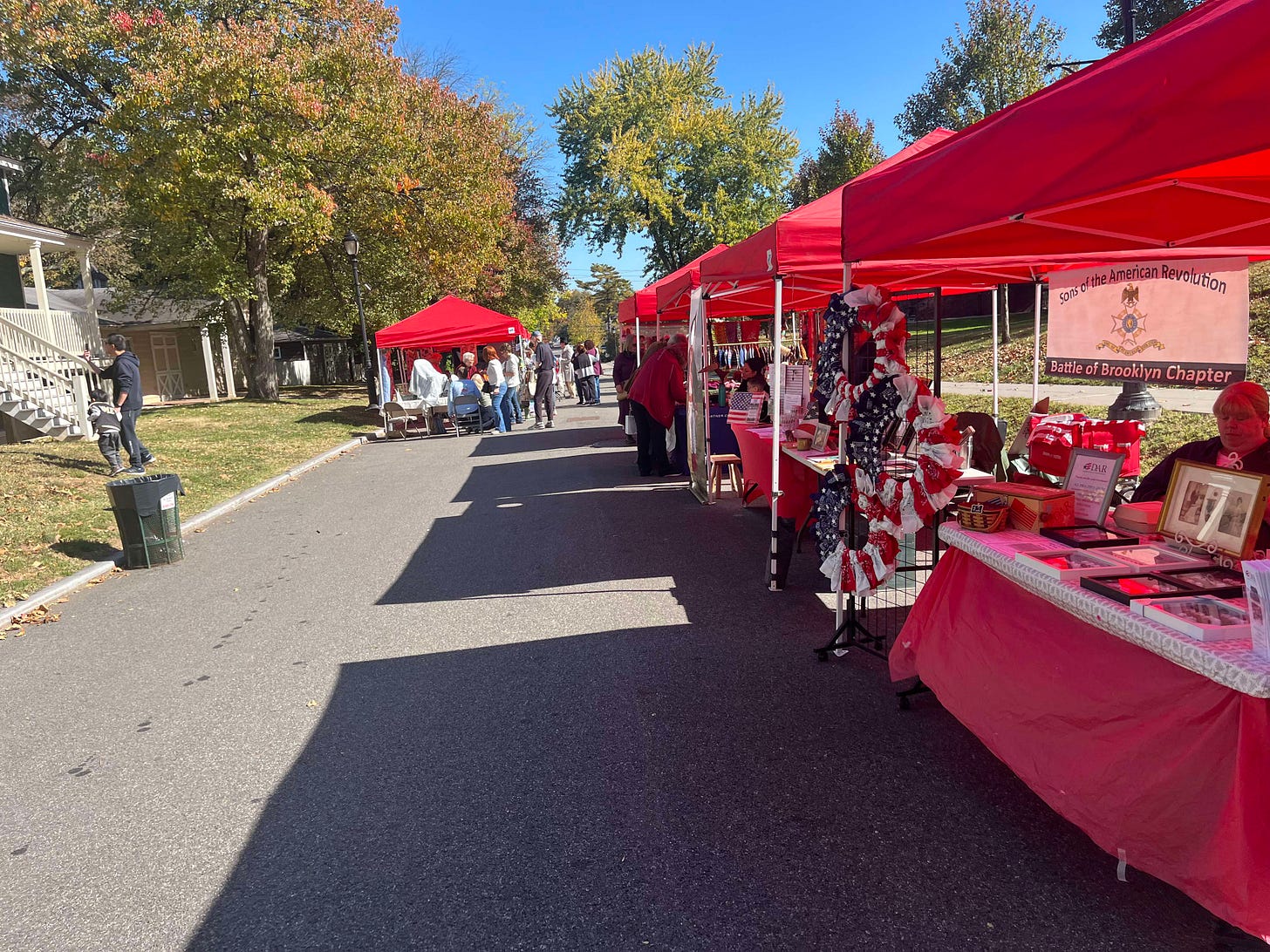
We started by going to see if we could buy some bread and soup and apple cider and were delighted to find an ongoing demonstration of an antique apple cider press. We bought two delicious cups at a table nearby, and I bought a beef and barley soup that had been cooked in a cauldron next to the table. We found a nice bench nearby to enjoy our drinks and snack.
We then made our way into the tavern where we were treated to a performance on the fiddle and the hammer dulcimer of songs centered around the Marquis de Lafayette— songs that there are historical records that he enjoyed and songs written in his honor. There weren’t any raps, though, so I don’t know how accurate it really could have been.
To be totally honest with you guys the next thing we did was step out of the 18th century for about an hour to buy Ezra some food at a cafe nearby— there hadn’t been any vegetarian options from the soup cauldrons so we reentered the 21st century to buy a hummus avocado salad wrap and some fries, surrounded by approximately one Thousand cyclists who had stopped at this same cafe on their ride. We then went back to the soup cauldron table because they had promised there would be fresh-baked bread later, and indeed there was! Extremely tasty. 10/10.
Once we were full and sated we got down to business and went to visit the blacksmiths in their tent. They were very busy making some knives and sort of didn’t seem like they had the time to talk, but agreed that the fresh-baked bread was very tasty.
We next made our wat to the broommakers shop, which was being entirely run by two girls that we think were around 14 years old. We learned that brooms of this variety were actually a relatively recent invention for this time, and the fronds were made with broomcorn, and we watched them trim the ends off of the demo broom to make them shorter and more even, and were generally charmed by the entire presentation.
We next made our way to the woodworkers shop, who was carving a spoon and answering some guests’ questions about adding a shim to a chair(?) in their house. As we were leaving, Ezra said “Guys like that, it’s always crazy to think about what they’re up to in their day-to-day, you know? Like I can’t picture that guy wearing blue jeans” and I said “Ezra, I think he was wearing blue jeans. That’s how good his illusion is.”
From the woodworking shop we hung a left and went to the general store and dook some time appreciating their fine collection of bits and bobs which we might have had the priviledge to purchase several hundred years ago.
Connected to the general store was the house of the family who owned the general store— one of the wealthier families in the town. They had a maid and were able to send their son to law school, and he then became a lawyer who worked in the courthouse nearby.
The tin shop was my favorite spot in the town, and was also probably the closest allegory to the work that I do today— we were shown a demonstration of ye olde soldering iron(truly just a thick pencil-shaped piece of metal that was heated up over the fire and then used to melt solder onto joining points) being used to make tin mugs, and I was like “oh, that’s kind of familiar!”. In my work I occasionally get to use ye moderne soldering iron(it heats up on its own when you plug it in) to make wire connections for theatre lights and it was very cool to see that we’ve been doing it basically the exact same way for hundreds of years.
Our last stop was the Native Encampment, a recreation of a Lenape dwelling of around the same time period(late 18th century) as the rest of the town.
The dwelling was recently constructed and is made entirely of natural materials from the surrounding area. It had a team of indigenous researchers advising and working on its construction, and one of them was acting as a guide that day— you can see him a little in the red on the left of the photo.
In many ways, the problems of the people of 18th-century Richmond Town are our problems(soldering iron won’t get hot enough for the solder to properly adhere) and their joys are our joys(warm bread and soup). In many ways, there are things for us to learn from them— the need to build the things that we use every day so that they last, for example, or the importance of bringing people together to sing songs about the Marquis de Lafayette. In many ways, our lives are easier and better, and in some ways— I thought about this as Ezra and I walked 25 minutes back to the nearest train station, only for it to announce that the next train would be departing in 40 minutes— they could still stand some improvement.
ADMISSION: Free
GIFT SHOP: Yes
BATHROOM: Yes
WHEELCHAIR ACCESSIBLE: Yes
Oct 26: Grolier Club
Nov 2: Hostos Center for the Arts and Culture
Nov 9: International Center of Photography
Nov 16: Intrepid Museum

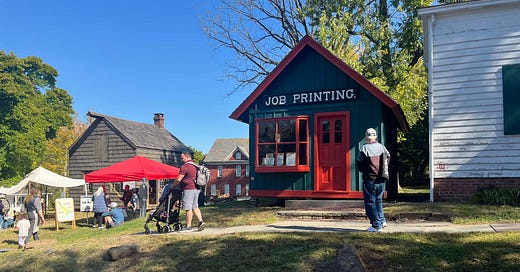





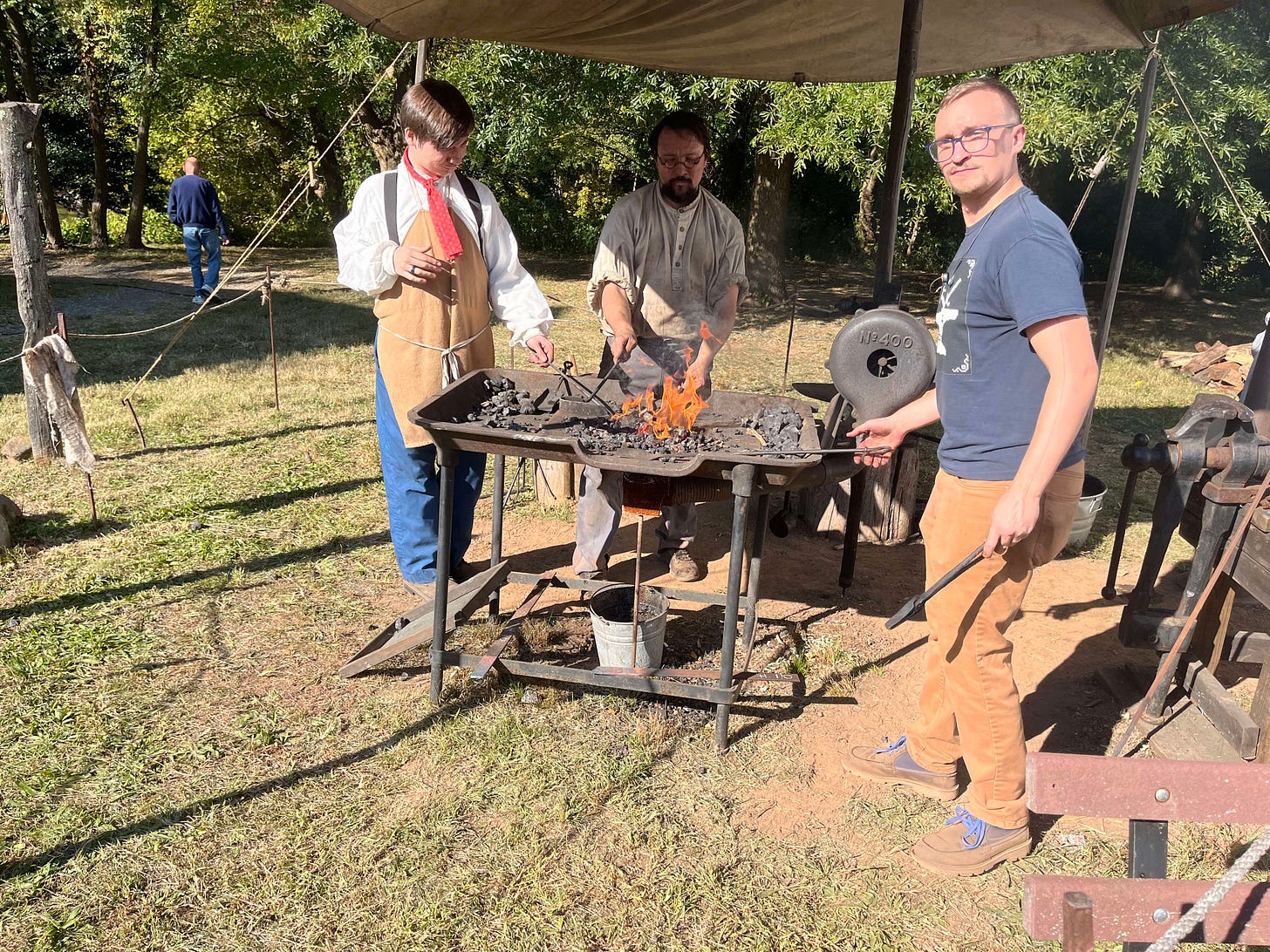

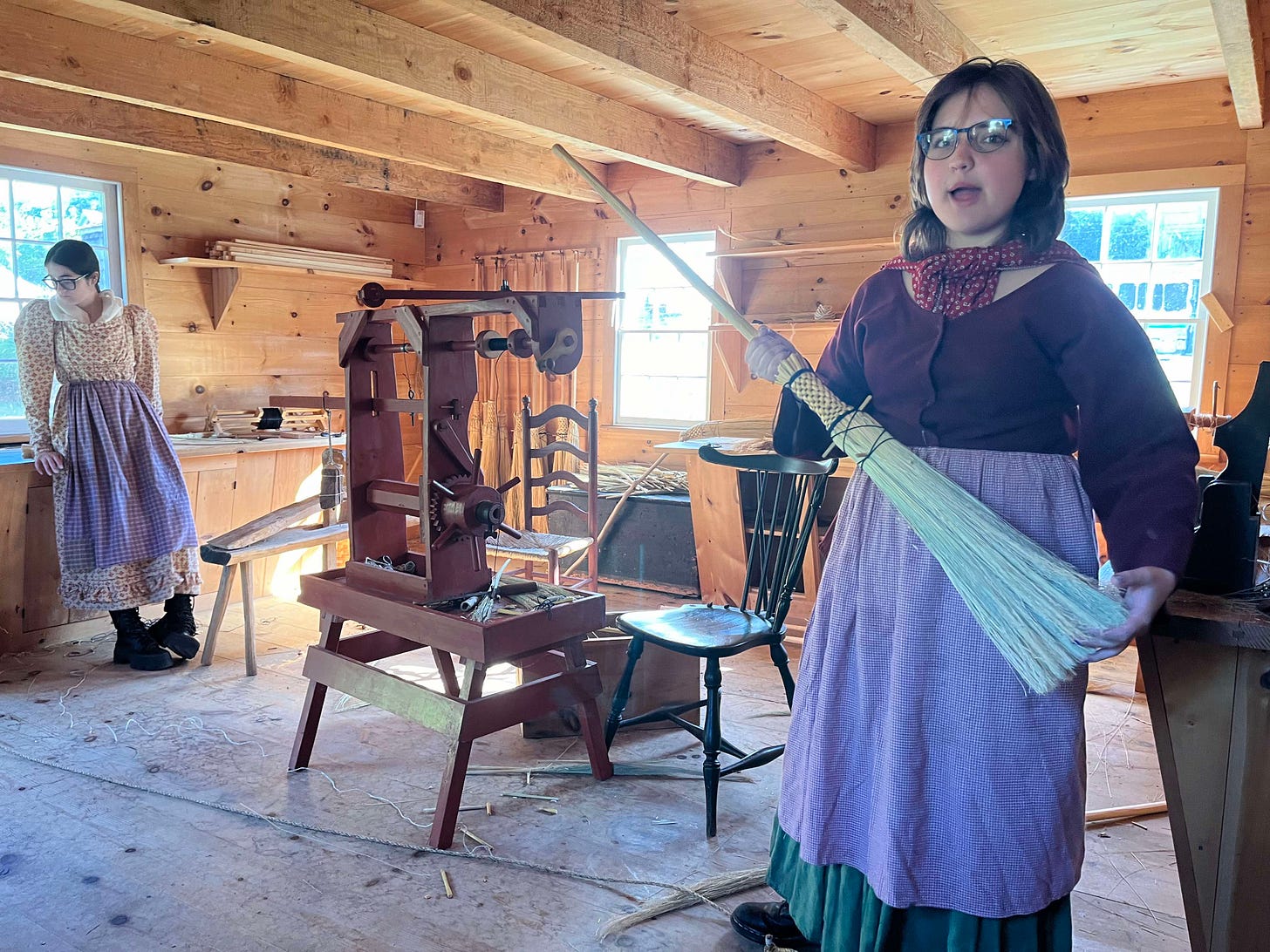
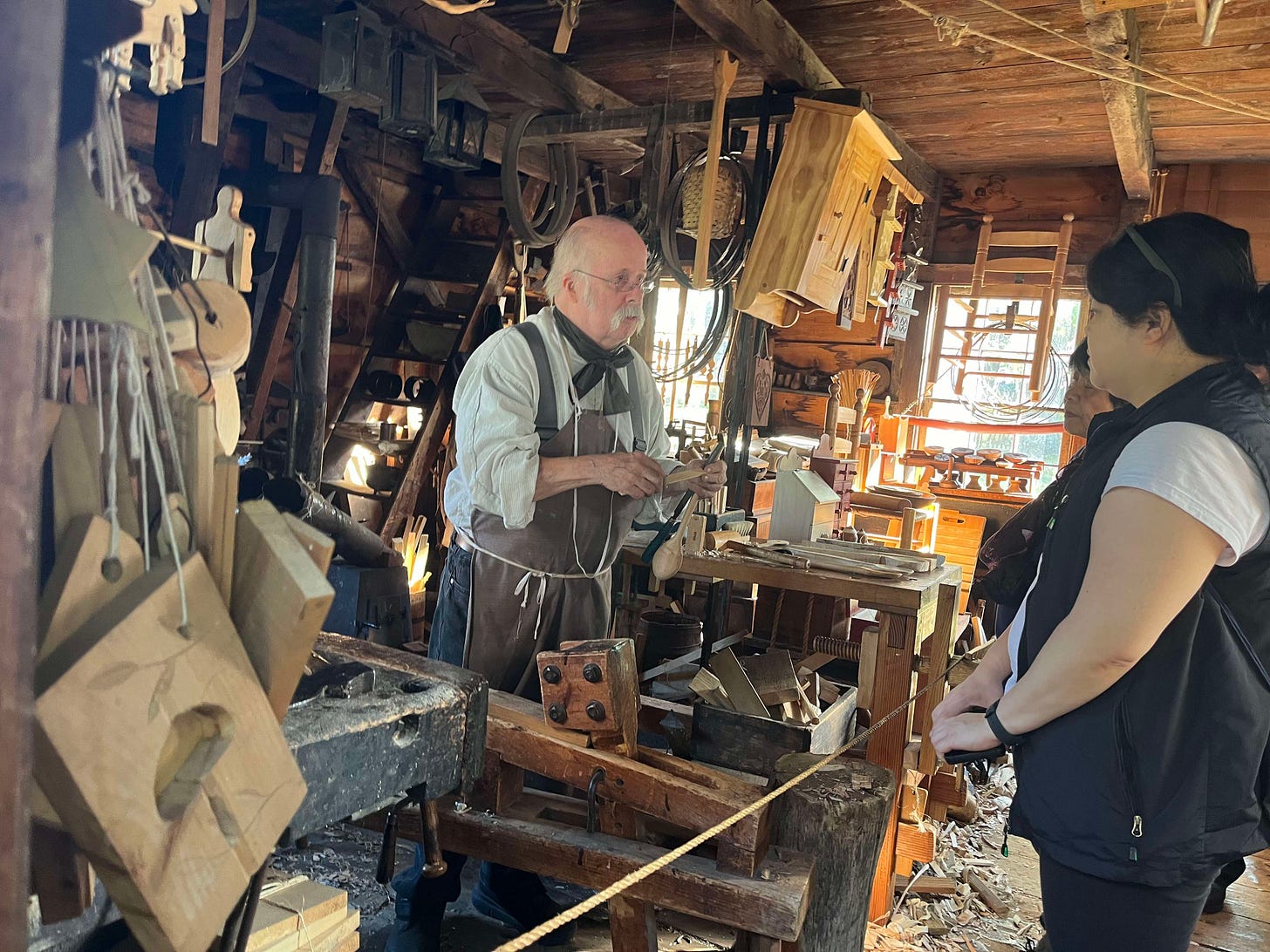
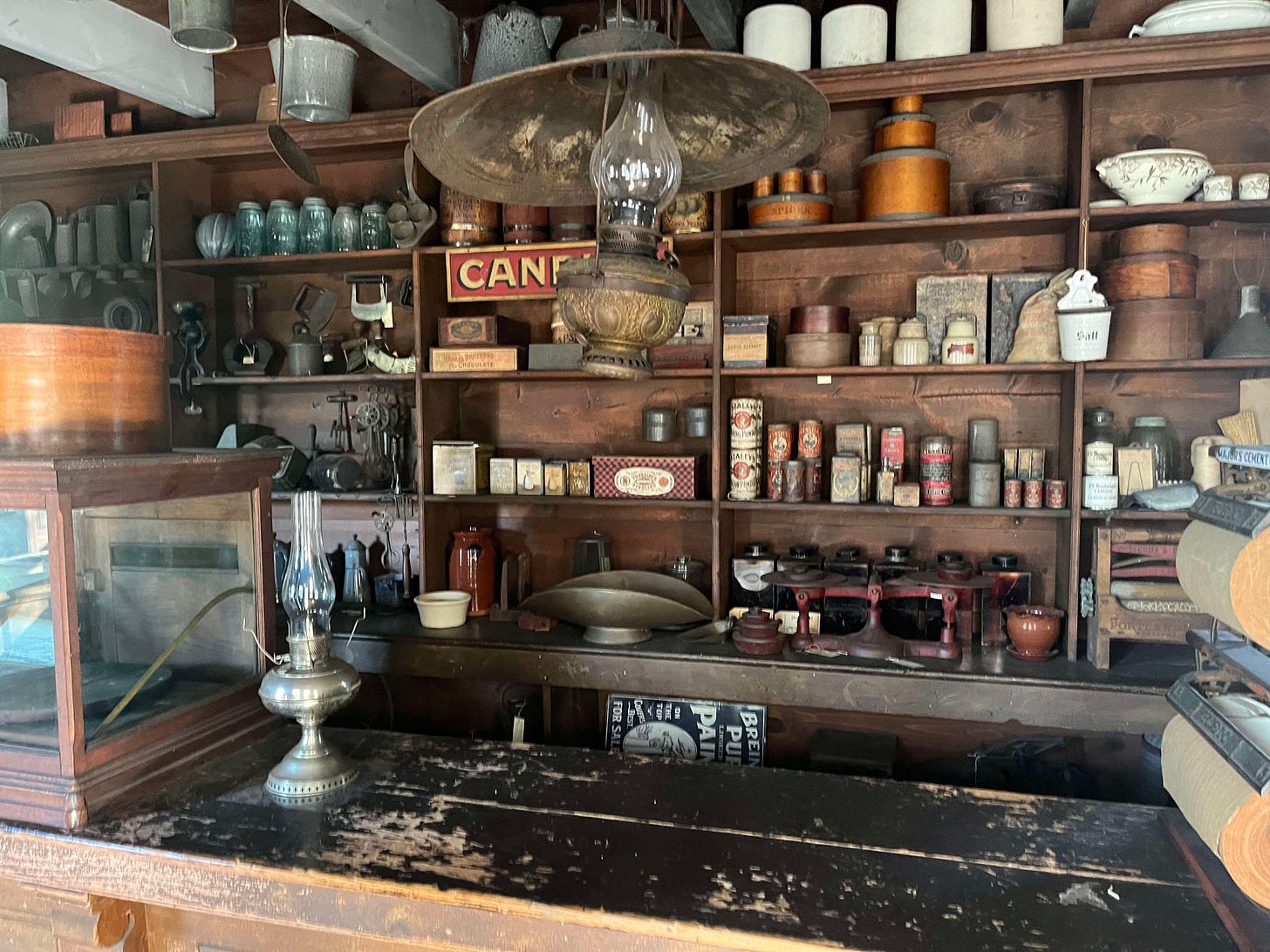


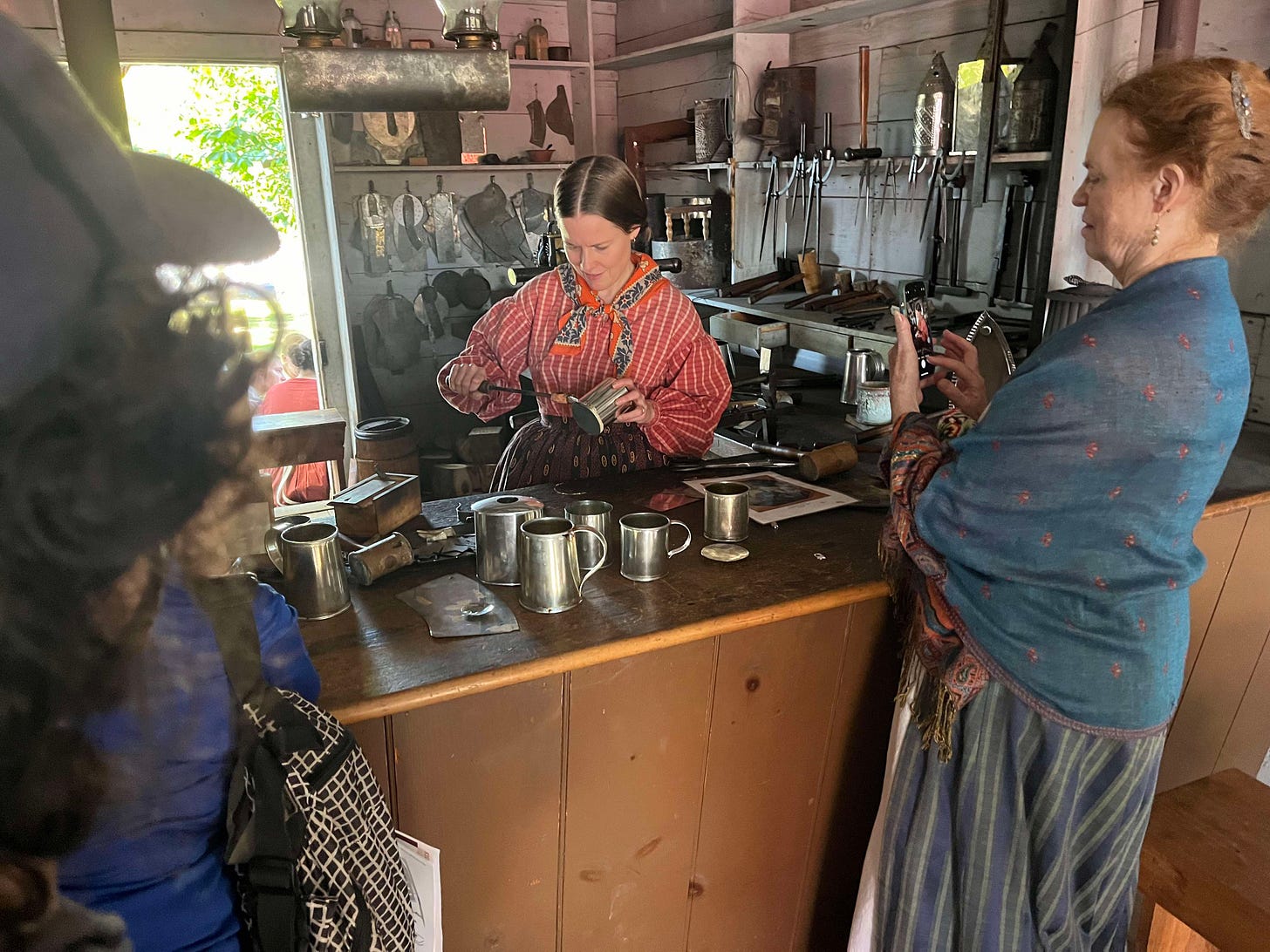

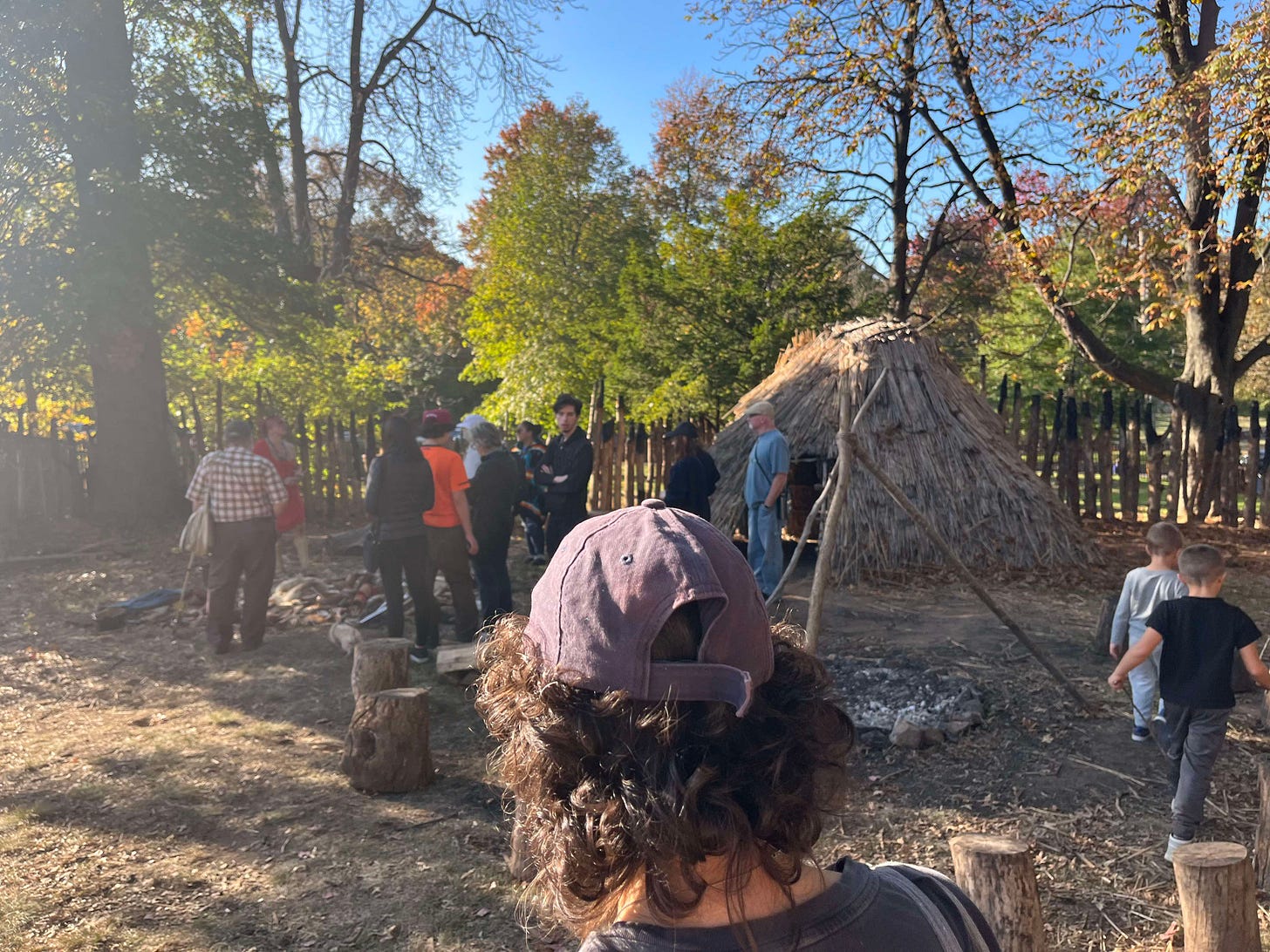
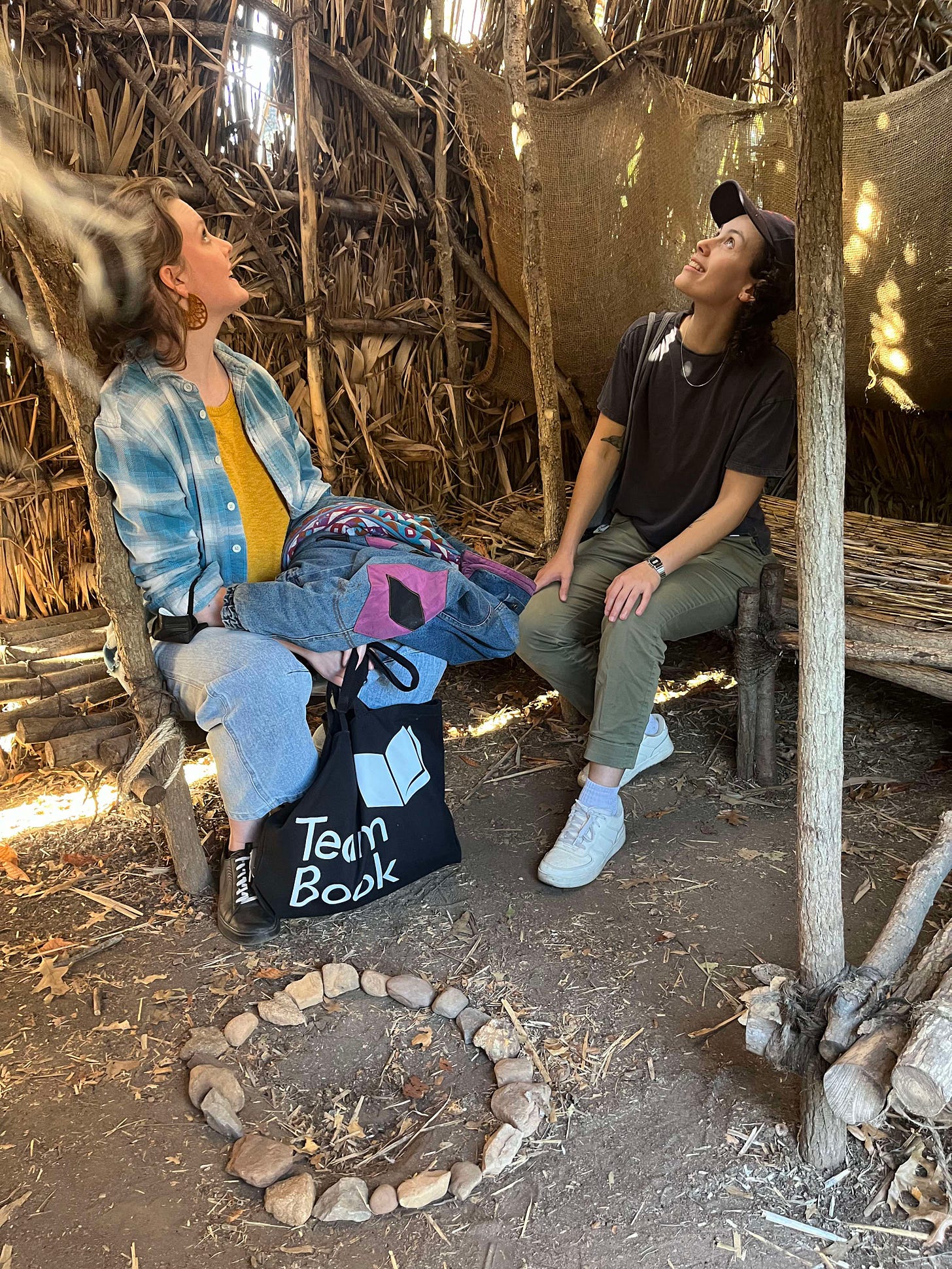
“Ezra, I think he was wearing blue jeans. That’s how good his illusion is.” -- perfect, just perfect. As a kid there was nothing I hammed (hamed?) it up more for than an old timey town + time. I think I would love to be a candlestick maker, although I fear I lack the patience!
I extra love your many trips to Staten Island